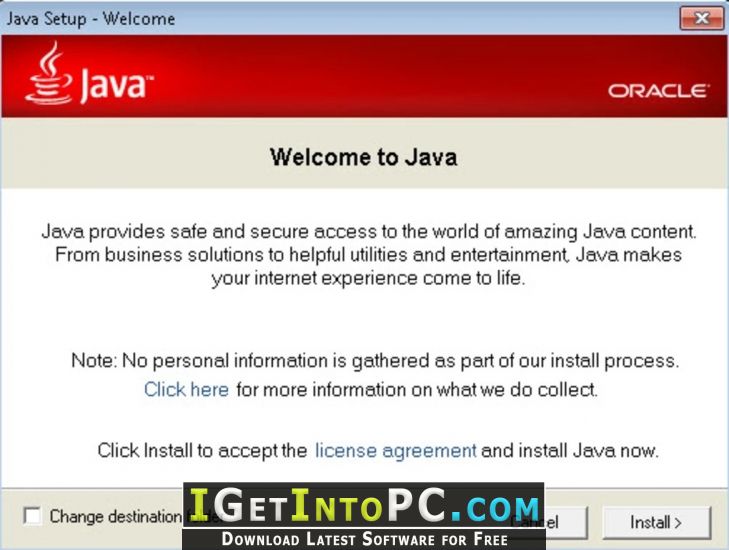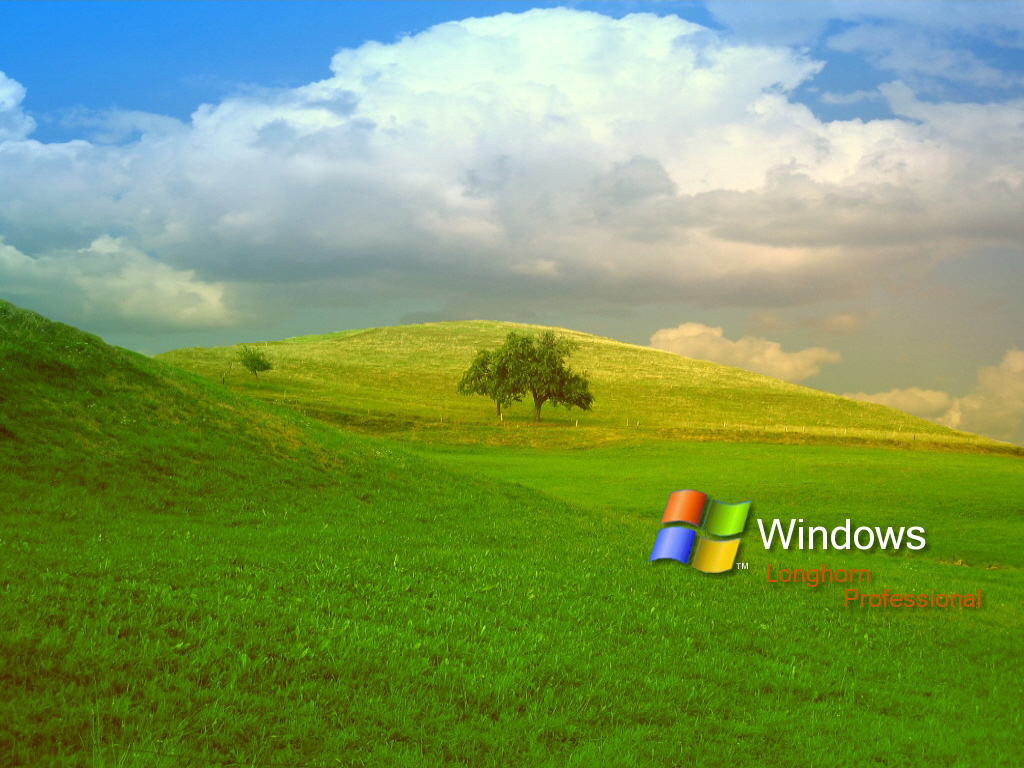
 The Extract dialog now has an option to open the folder where the files were stored when the extract operation has completed.
The Extract dialog now has an option to open the folder where the files were stored when the extract operation has completed. 

Just left click the icon to open WinZip, or right click it to instantly reopen recently used Zip files, access your Favorite Zip Folders, open WinZip Help, or start WinZip itself.
The new WinZip Quick Pick taskbar tray icon gives you instant access to WinZip and your Zip files. This feature is very useful to overcome limits on the size of e-mail attachments and as an alternative to disk spanning. WinZip now supports split Zip files, which are Zip files that have been split into multiple smaller pieces. The new Zip and E-Mail Plus context menu entry extends the Zip and E-Mail feature by allowing you to change the name of the attachment and to use password protection. This means that, in combination with the existing extract options, you can perform most of the commonly used extract operations without leaving Explorer. You can now extract directly to recently used folders or to the open folder from the Explorer context menu. Note that, because Print is part of the standard Windows interface, it appears in the main context menu (not in the WinZip submenu) and has no WinZip icon. There is a new Explorer context menu entry that allows you to print a list of files in a Zip file. This feature can be accessed directly from the Explorer context menu if WinZip is configured to display its context menu items as a submenu otherwise, it is available from the Explorer Enhancements tab of WinZip's Configuration dialog. You can now choose which items WinZip should add to Explorer's context menu for Zip files and other archives. You can now select multiple Zip files in an Explorer window and extract from all of them in one operation. JRE is virtually indispensable in all computers, because sooner or later we will use a program or website that you use Java and therefore requires us to have Java Runtime Environment installed. There is the chance that your computer already come with the pre-installed JRE, so if it is a very old version, we may have to uninstall it by hand to subsequently install the latest version. Once you have installed the JRE, the program will take care of updating automatically and this way we will always have the latest version. With JRE (Java Runtime Environment) as well as be able to view web pages that make use of Java, you can run all those applications that have been developed in the Java programming language and that have extension. At present the JVM is known as JRE ( Java Runtime Environment) and can be installed on Windows, Mac and Linux. Formerly was known as Java Virtual Machine ( JVM), the program required to run web pages that made use of Java.










